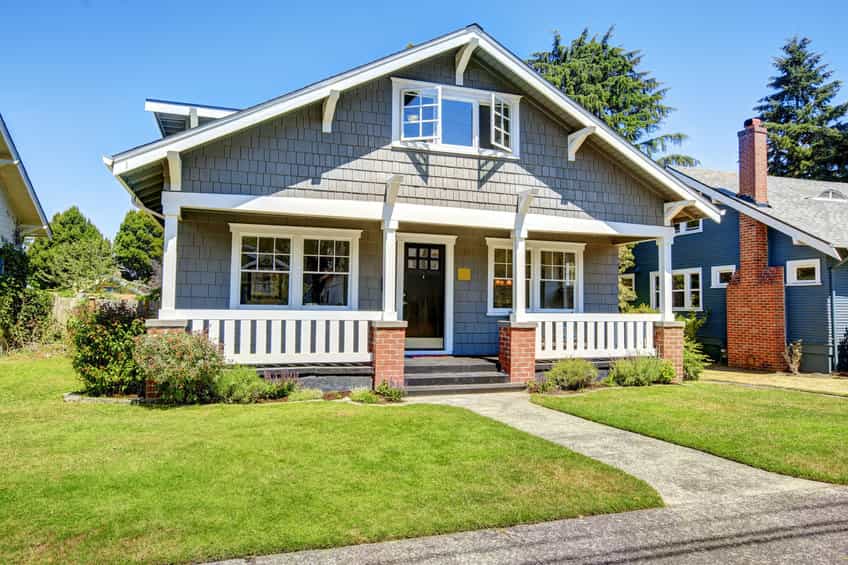A home siding is a worthy investment. It protects your property from harsh wind, rain and snow while enhancing the curb appeal. This is quite vital if you wish to sell your home in future. The material keeps the interiors well insulated. Pest infestation is also greatly reduced due to its insect-proof nature. No wonder that the siding market was projected to grow from $101.7 billion in 2019 to $126.3 billion by 2024 at a CAGR of 4%. However, you must know how to select the right siding to reap the above-discussed benefits.
There are countless material options like metal, stucco, vinyl, stone and fiber cement. You also have to keep the cost, style, upkeep, ease of installation and architectural appropriateness in mind, along with completing the project on time within budget. Here’s a look at how to pick the right product to upgrade the value and aesthetics of your home.
Be Mindful of the Color Palette
The color palette will be based on the existing colors of the roof, front door and the overall theme of your home. The surrounding neighborhood also plays a vital role in influencing the shades. The landscaping, climate, house size and style are important factors to consider. You can pick rich complementary colors to create a great visual experience. One focal tone and two-three lighter shades can ensure a fantastic scheme.
Consider the Year-Round Climate
Rainy and wet areas will benefit from cement sidings. This is waterproof and can keep insects at bay. Try to avoid bricks since these are susceptible to water damage. Engineered wood is a practical option for high-speed windy areas. These are extremely sturdy and are less likely to be displaced by hurricanes. Cold states can consider foam-backed vinyl siding. It offers excellent insulation and prevents heat loss for the longest time.
Research the Siding Material
While fiber cement is available in a range of textures, wood can be cut into numerous shapes to match the existing architecture. Bricks on the other hand are quite durable and low on maintenance. Stucco is an ideal option if you are looking for a budget makeover. Cement sidings are known for being water-resistant. Work with a company that can offer a series of brands to select from for your upcoming project.
Check the Maintenance Needs
Wooden sidings would need scrapping from time to time. Cement fiber sidings require repainting every 15-20 years. Vinyl siding repairs can be expensive since the color cannot be changed after installation. Engineered wood sidings must be maintained from time to time to avoid moisture-related damages. So, try to understand the aftercare and support required for each material. Pick the one which you can afford to keep in top shape.
Align with Existing Décor
A siding must be able to enhance the look and feel of your home. You can take your pick from seven major styles like shake, lap, Dutch lap, board and batten, beaded lap siding, alternate exposure, and T 1-11 siding. While some can offer a traditional appearance, others can ensure a touch of modernity. Make sure they are installed properly for the best results.
Work with a reputed company that will assist you with the process. The experts will also help you understand the pros and cons of different materials to help you score the best pick.







